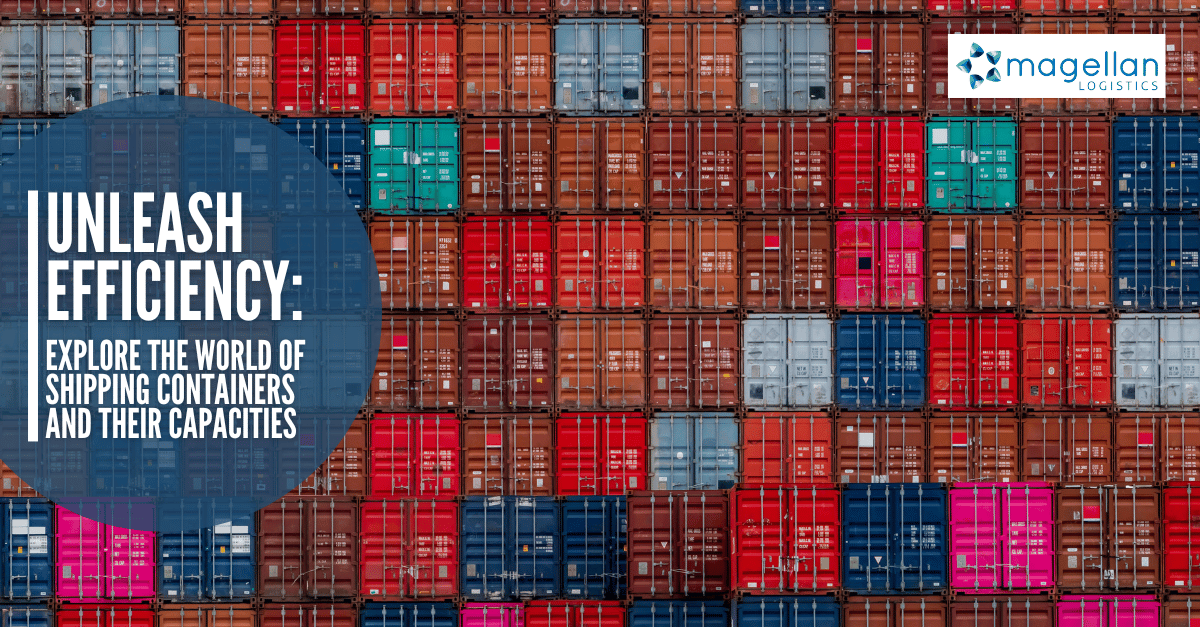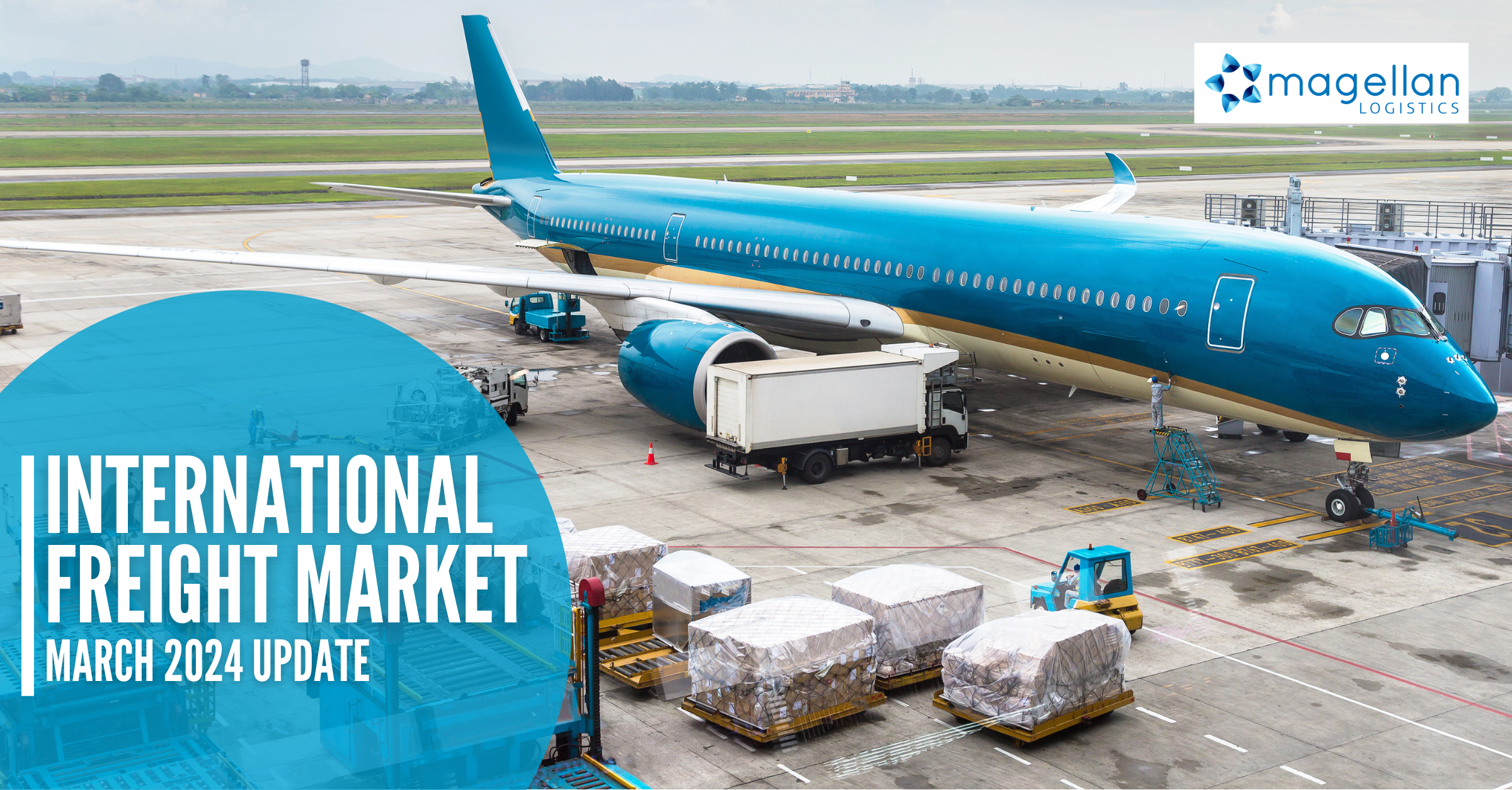In the grand tapestry of global trade, shipping containers stand as the unsung heroes. From your morning cup of coffee to the electronics that connect us, almost everything we consume has been on a journey across oceans inside these steel giants. With each engineered explicitly for distinctive cargo requirements, shipping containers play a critical role in global commerce. This exhaustive guide aims to unravel the mystery surrounding the different types of shipping containers, their capacities, applications, and immense benefits. From the humble dry containers to the tech-savvy refrigerated ones, from open-top containers to the secure tank containers, we’ll unlock their distinct features, underlining their pivotal role in the logistics industry.
Dry containers: Global Trade Workhorses
The most ubiquitous type of all, dry containers or “dry vans,” are the lifeblood of global trade. These steel behemoths are designed for shipping an array of dry goods, including clothing, electronics, and furniture. They are a testament to the robustness and simplicity of container design, with standard sizes including 20-foot, 40-foot, and 45-foot variants. They come with double doors at the rear, ensuring easy loading and unloading of goods. Consider this: a 20-foot dry container can accommodate an impressive 33.4 m3 of cargo, offering unparalleled versatility and capacity.
Container Sizes & Capacities
An understanding of container sizes and capacities is essential. The most common sizes are 20-foot, 40 feet, and 45 feet. These figures correspond to the length of the container, with the width typically being around 8 feet. The capacity, measured in cubic meters (m3), represents the internal cargo volume. For instance, a 20-foot dry container can hold 33.4 m3, while its 40-foot counterpart can accommodate 67.7 m3 of goods.
Refrigerated containers: Cold Supply-Chain saviours
Commonly known as “reefers,” refrigerated containers are the lynchpin for transporting temperature-sensitive goods. These tech-savvy containers can maintain specific temperature ranges, typically between -60°C and +30°C, ensuring the freshness and preservation of perishable items such as fruits, vegetables, and pharmaceuticals. While they mimic the sizes of dry containers, the real marvel lies in their advanced temperature control systems, ensuring a stable environment for the cargo.
Temperature Control Technology
The technology inside a refrigerated container is fascinating. The refrigeration unit maintains the internal temperature according to the preset range, using sensors to monitor conditions continuously. If the temperature deviates from the set parameters, the system adjusts automatically. This level of control ensures the preservation of temperature-sensitive goods during transportation.
Non-Operating Reefers (NORs): Jack\-of-all-Trades
In the world of shipping, versatility is invaluable. Non-operating reefers, or NORs, offer exactly that. They are reefers used without operating their refrigeration systems, functioning as a standard dry container. This flexibility allows businesses to transport various types of cargo without needing different containers, proving to be cost-effective and efficient.
Open-Top Containers: Spacious Cousins
Think of open-top containers as the roomier cousins of dry containers. They come equipped with removable tops and sides, facilitating easy loading and unloading of oversized cargo like large machinery, equipment, and vehicles. Offering sizes akin to dry containers, they can be secured with a tarpaulin or a removable roof to shield the cargo from the weather.
Flat-Rack Containers: Capacity Abounds
Flat-rack containers are akin to open-top containers but come without sides and tops. These ‘open-for-all’ containers offer a stable platform for securing and transporting irregularly shaped or bulky items. They are a go-to solution for moving oversized cargo like heavy machinery, industrial equipment, or construction materials that won’t fit into standard containers. Typically, flat-rack containers are available in 20-foot and 40-foot sizes, with capacities of 32.7 m3 and 51.3 m3, respectively.
Tank Containers: Liquid & Gas Conveyors
Built specifically for transporting liquids and gases, tank containers are a marvel of engineering. Imagine a large cylindrical container equipped with a pump and valve system for efficient loading and unloading of cargo. These containers are typically used for chemicals, petroleum products, and liquefied natural gas (LNG). They come with comprehensive safety measures like protective linings and pressure relief systems to secure the transportation of hazardous liquids and gases. Standard sizes include 20-foot, 30-foot, and 40-foot, with capacities ranging from 14,000 to 26,000 litres.
Specialised Containers: Custom Crafted
Beyond the standard types, specialised containers are crafted to meet unique cargo requirements. Hazardous materials containers, for instance, are built for transporting risky substances such as chemicals or radioactive materials while complying with safety regulations. Containers for live animals provide a regulated environment with appropriate ventilation and temperature control to ensure animal welfare during transportation. Then there are containers for bulk liquids, designed with specific features to efficiently handle large volumes of liquid cargo, such as oils or industrial process fluids.
Aeroplane Cargo Containers: High Flyers
Also known as “unit load devices” (ULDs), aeroplane cargo containers are crafted to fit within aircraft cargo holds. Made of lightweight materials like aluminium, they play a pivotal role in air freight, ensuring the secure transportation of goods from small parcels to more oversized items like cars and smaller aircraft. Moreover, these weight-conscious containers contribute to fuel cost savings and reduced carbon emissions. Sizes vary according to airline requirements, typically 3.6 to 14.5 cubic meters.
Cargo pallets: Simple yet mighty
Cargo pallets, often overshadowed, are crucial to the global transportation system. Imagine sturdy, flat platforms that make the loading and unloading goods a breeze. Pallets can be effortlessly lifted by forklifts or other mechanical handling equipment, allowing cargo to be neatly stacked and secured for transport. They come in various sizes, the most common being the standard European pallet, measuring approximately 48×40 inches (121.92×101.82 cm).
What’s more, cargo pallets also offer variability in material and construction. You’ll find reusable ones that are cost-effective and eco-friendly, while others are single-use and disposable. Though wooden pallets are the norm, plastic and metal options are also available, each with unique advantages like durability, weight capacity, and suitability for specific industries or transportation modes.
A Symphony of Global Trade
The diverse range of shipping containers, including dry containers, refrigerated containers, open-top containers, flat-rack containers, tank containers, specialised containers, aeroplane cargo containers, and cargo pallets, have revolutionised the transportation of goods worldwide. Each type of container serves a specific purpose, ensuring the safe and efficient transportation of different types of cargo across various modes of transportation.
By utilising these containers, businesses can meet the complex demands of global trade, effectively moving large quantities of goods from one location to another. In this symphony of international trade, each container contributes its unique note, ensuring the harmonious flow of goods across continents. They help maintain the quality and integrity of the cargo, protecting it from environmental conditions and handling issues during the journey. With this comprehensive understanding of the types of shipping containers, one can appreciate the sophistication and strategic planning that goes into each shipment, illustrating the incredible interconnectedness of our global economy.
As global trade continues to grow, the types of containers we use will also evolve. Innovations in materials, designs, and technologies promise to make shipping more efficient, safer, and environmentally friendly. From smart containers equipped with IoT devices for real-time tracking and status updates to containers made from sustainable materials, the future of shipping containers is exciting.
These shipping containers serve as silent custodians each step of the way, protecting the products we depend on daily. It is fascinating to reflect on each product’s journey, often travelling thousands of miles and switching multiple transport modes before it reaches our hands. Indeed, understanding the world of shipping containers brings a new perspective: “It’s a small world, after all.”
Magellan Logistics provides freight and logistics services to all industries, including sea freight, air freight, customs clearance and the all-important digital freight portal providing 24/7 visibility of all your shipments. Get in touch with one of our freight specialists on 1300 651 888.
Sources:
https://www.container-xchange.com/blog/container-types-20ft-and-40ft/
https://www.scf.com.au/news-articles/shipping-container-sizes-dimensions/#a20ft
https://www.maersk.com/support/faqs/reefer-container-temperature-range











